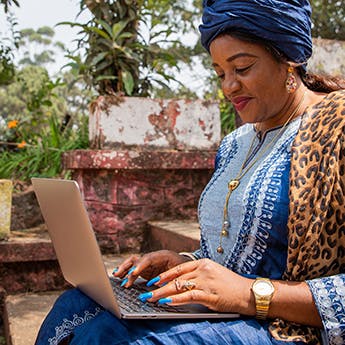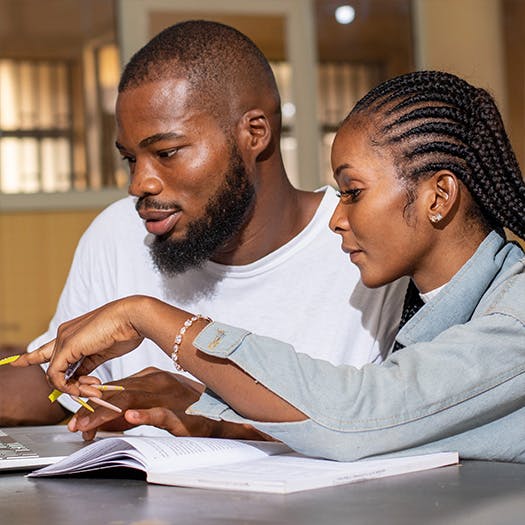
News
Over 137 million women in India are using a modern method of contraception India as funding increases
November 11, 2019
Press Releases
Previous

Guinea exceeds original F...
Next

Over 31 million women in ...
Source:FP2020
Topics:
Adolescents & Youth
Advocacy & Awareness
Building 2030
Contraceptive Security
Emergency Preparedness & Response
Financing
Innovation
Integrating FP & HIV Services
Policy and Enabling Environment
Rights-Based Family Planning
Service Delivery & Quality
New report shows that 314 million women and girls are now using modern contraception in 69 low income countries
Click here to download India’s 2019 Fact Sheet
Monday 11 November, Nairobi – A ground-breaking report on family planning in the world’s 69 lowest-income countries today shows that more women and girls have access to family planning than ever before. It reveals that 314 million women and girls are now using modern contraception, with 53 million new users in the last seven years, and 9 million in the past year alone. In India, almost 137 million women are estimated to be using modern contraception, this is more than a third of all users in FP2020’s focus countries.
FP2020: Women at the Center has been produced by Family Planning 2020 (FP2020) – a global partnership that supports the rights of woman and girls to decide – freely and for themselves – whether, when, and how many children they want to have.
Launched on the side-lines of the International Conference on Population and Development (ICPD) in Nairobi, FP2020’s latest report is part of the 25-year arc of progress that has lifted hundreds of millions of women and girls since the Cairo Summit in 1994.
India was part of the first group of countries to commit to the FP2020 partnership when it launched in 2012. Since then, the country has made great progress toward increased uptake of family planning.
- The report estimates that as a result of modern contraceptive use in the country, over 53.4 million unintended pregnancies have been prevented in India and 1.8 million unsafe abortions since 2012. In addition, 22,000 maternal deaths have been averted.
- India, along with Bangladesh and Indonesia, has one of the highest levels of domestic government expenditures on family planning out of all 69 countries measured by the report.
- The country projected that over the next three years it will be allocating around 1 billion to family planning through central funds.
- Increasing awareness and generating demand for family planning services through comprehensive media campaigns has been a priority for India. An example for this is Mission Parivar Vikas (Family Welfare Mission) to deliver family planning to remote rural and urban areas, with focus on providing accurate health information.
- Governments and donors around the world are recognising the importance of family planning programs with donor government bi-lateral funding for family planning rising to US$1.5 billion in 2018. This is the highest level since FP2020 was launched in 2012.
- The number of additional users of modern contraception in the 69 FP2020 focus countries has grown by 53 million since FP2020 was launched in 2012, including 9 million additional users just since last year.
India is the second most populous country with more than 1.3 billion residents, meaning every one in six people are in Indian. Ensuring that young women and girls have access to family planning is central to the country’s future development, paving the way for more educated communities and a healthier population.
South Asia accounts for about one fourth of the total world population and women’s health and empowerment are crucial for social and economic progress. Closing the gap on sexual and reproductive health is therefore critical for countries in this region.
Beth Schlachter, Executive Director of FP2020, said:
“The evidence is clear – when you invest in women and girls, the good deed never ends. Barriers are broken and opportunities open up that not only lift women out of poverty but can elevate society and bring about economic gains. No other single change can do more to improve the state of the world.”
She continued,
“25 years on from the first ICPD, the family planning movement has gained huge momentum. Yet big challenges remain. With every day that passes, millions are denied the right to choose their own future. As we look ahead to 2030, we must continue to push for progress, build on what works well, and ensure we leave no woman or girl behind.”
Challenges remain significant as FP2020 approaches a key timebound deadline. Progress must keep pace to unlock the fullness of human potential
While progress has been significant, FP2020 approaches its deadline year and the initial numeric goal of reaching an additional 120 million women and girls has yet to be realized. The challenge of putting women and girls at the centre of development remains critical.
There are 926 million women of reproductive age today across the 69 FP2020 countries – 100 million more than there were in 2012. In India, the population of women of reproductive age increases by almost 4 million women each year, meaning millions more will need vital family planning services.
As the global community looks ahead to the post-2020 framework, the importance of putting women and girls at the centre of development is paramount. More work is ahead, and the challenge will be to deepen existing commitments and approaches to ensure that the needs and rights of women and girls around the world are met and respected.
Other key findings from FP2020’s Progress Report 2019-2020 include:
- The FP2020 partnership continues to expand, with new commitments this year from Angola, the Central African Republic, The Gambia, and others.
- Modern contraceptive prevalence among all women (MCPR)—is rising. Across the 69 FP2020 focus countries, MCPR among all women of reproductive age has risen by more than 2% since 2012. The sharpest increase has occurred in Eastern and Southern Africa (7%).
- In FP2020 focus countries in Asia, approximately 38% of women of reproductive age were using a modern method as of July 2019, and the average growth across the regions of Asia has been 0.2 percentage points per year since 2012.
- Seven donors increased their funding of family planning in 2018: Canada, Denmark, Germany, the Netherlands, Norway, the UK, and the US.
- India, Bangladesh, and Indonesia have the highest levels of domestic government expenditure out of all 69 countries.
Please follow and join the conversation at:
- Twitter: @FP2020Global
- Facebook: @FamilyPlanning2020
- YouTube: FP2020Global
- Website: www.familyplanning2020.org/
- Contacts us: FP2020@portland-communications.com
Notes to editors
Family Planning 2020
Family Planning 2020 (FP2020) is a global partnership and works with governments, civil society, multilateral organizations, donors, the private sector, and the research and development community to enable millions more women to use contraceptives no matter where they live. An outcome of the 2012 London Summit on Family Planning, FP2020’s objective is to ensure universal access to sexual and reproductive health services and rights by 2030, as laid out in Sustainable Development Goals 3 and 5. FP2020 is in support of the UN Secretary-General’s Global Strategy for Women’s, Children’s and Adolescents’ Health.
Core partners of FP2020 are The Bill & Melinda Gates Foundation, The Department for International Development (DFID) , UNFPA, the United Nations Population Fund, and USAID. The FP2020 Secretariat, based at the United Nations Foundation in Washington, DC, implements the day-to-day activities of the partnership. One of the Secretariat’s main functions is to report on progress made by the FP2020 partnership.








